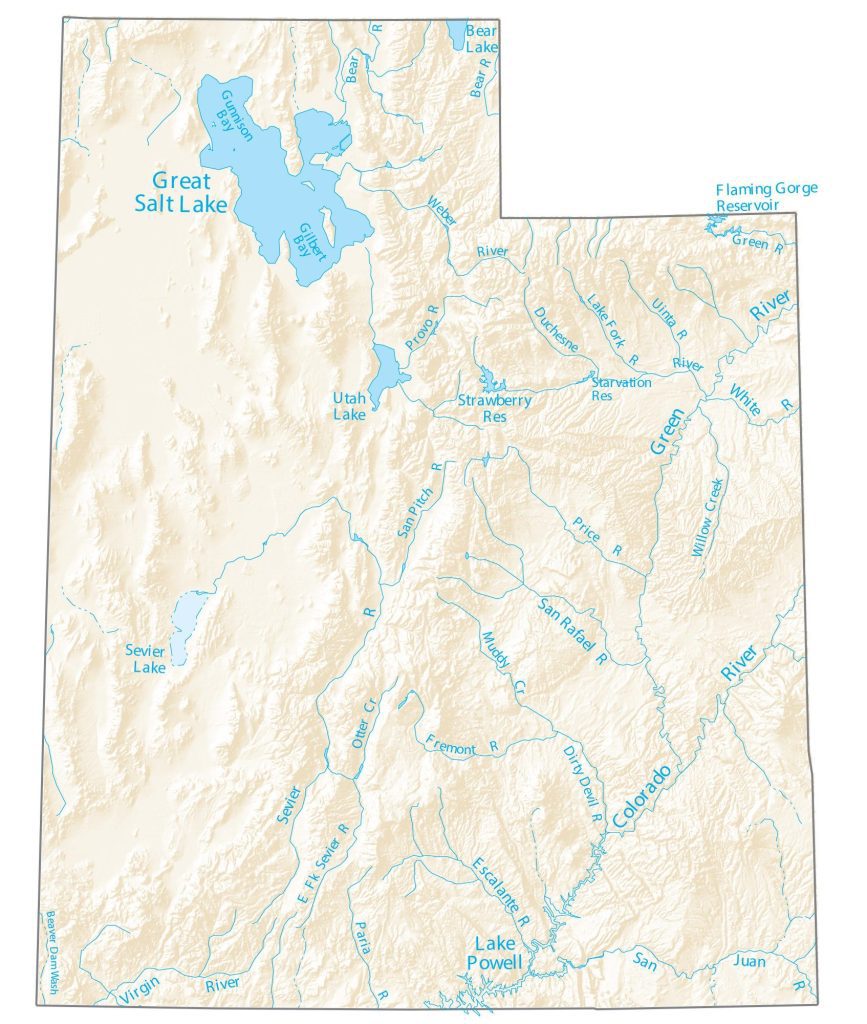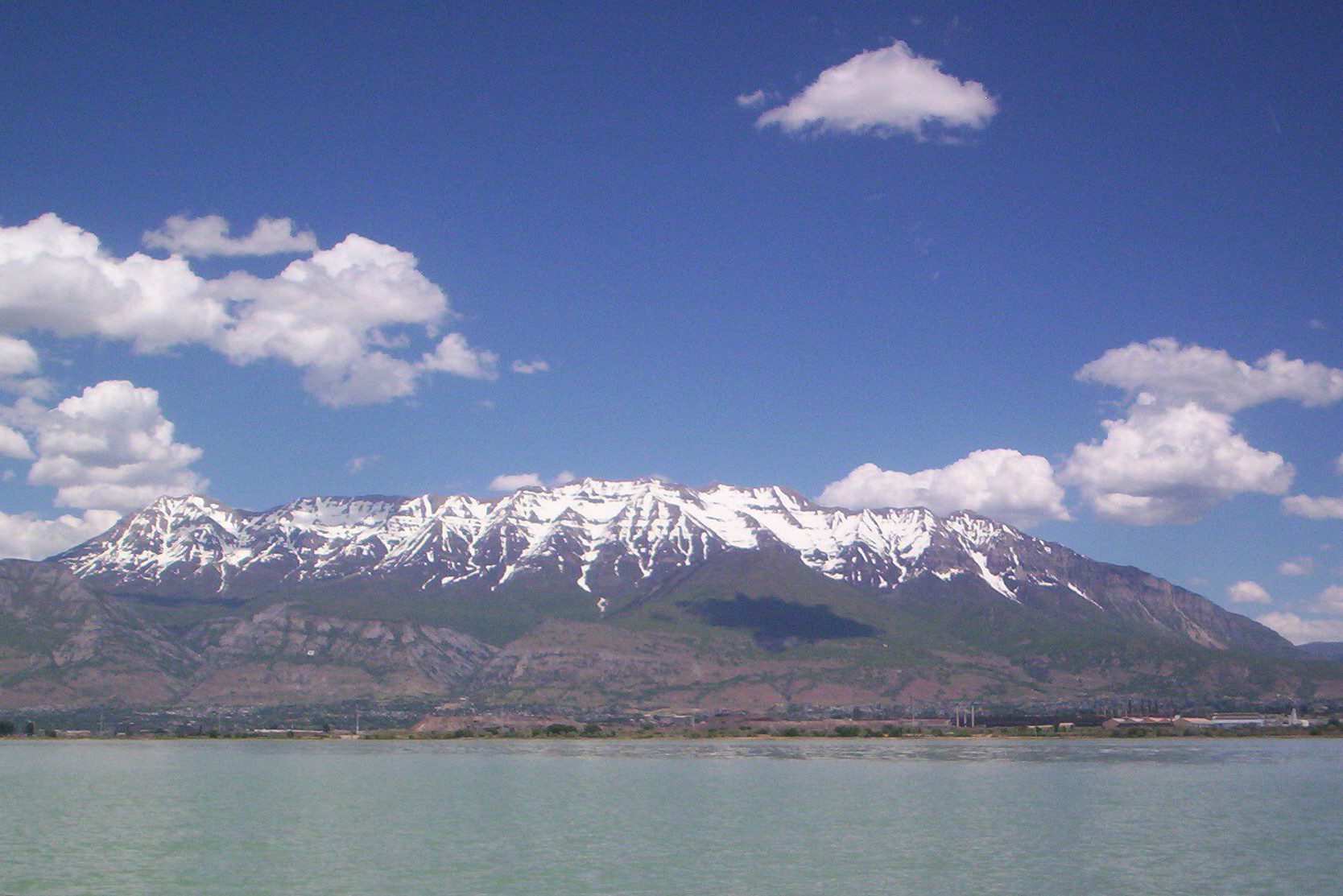February 29, 2024 — Utah’s SB 270 passed the State Senate on Tuesday and has been introduced to the House Rules Committee. Senator Curtis Bramble’s bill mandates a comprehensive study of Utah Lake by the Division of Forestry, Fire, and State Lands (the division). It outlines the study’s requirements, reporting obligations, a sunset date for the legislation, and includes technical amendments.
passed the State Senate on Tuesday and has been introduced to the House Rules Committee. Senator Curtis Bramble’s bill mandates a comprehensive study of Utah Lake by the Division of Forestry, Fire, and State Lands (the division). It outlines the study’s requirements, reporting obligations, a sunset date for the legislation, and includes technical amendments.
Key Provisions.
- Study Requirements: The division is tasked with conducting a study aimed at enhancing Utah Lake in several key areas. These include improving water clarity and quality, conserving water resources, removing invasive species, restoring plant communities, conserving native fish and aquatic species, increasing suitability for avian species, maximizing recreational access, and improving overall use of Utah Lake for residents and visitors.
- Reporting and Sunset Date: The division must report its findings and a proposed implementation plan to the Natural Resources, Agriculture, and Environment Interim Committee by November 2025. The section of the legislation related to the Utah Lake study is set to be repealed on July 1, 2027.
- Technical Changes: Amendments are made to Utah Code Sections to facilitate the study’s objectives and ensure legal and operational clarity.
Financial Implications.
For the fiscal year 2024, the bill appropriates $1,500,000 from the General Fund to the Department of Natural Resources for project management related to the study. An equivalent amount is authorized for transfer from nonlapsing balances to the unrestricted General Fund to support the study’s financial requirements.
Implementation; Potential Delivery to the Great Salt Lake.
- The division is required to review existing information and identify scientific and technical needs for the study. Following this initial review, the division will undertake the study, respecting water rights and consulting with the state engineer regarding water delivery from Utah Lake to the Great Salt Lake.
- A collaborative approach is mandated, with the division consulting other state agencies and a broad range of stakeholders to inform the study’s direction and findings.
Effective Date.
The legislation is set to take effect on May 1, 2024, providing a structured timeline for the initiation and completion of the Utah Lake study.
is set to take effect on May 1, 2024, providing a structured timeline for the initiation and completion of the Utah Lake study.

Questions Raised about Water Delivery from Utah Lake to the Great Salt Lake.
Aside from studies, Utah lawmakers are considering how to use Utah Lake to address the Great Salt Lake’s record-low water levels, an issue questioned in reporting by The Salt Lake Tribune .
.
Utah Lake is a freshwater lake in Utah County, covering 150 square miles and is 23 miles long. It drains through the Jordan River into Great Salt Lake. It is the state’s largest freshwater lake and serves multiple roles, including as a hub for recreation, wildlife habitat, and agricultural irrigation. Despite its importance, Utah Lake faces challenges such as pollution, invasive species, and fluctuating water levels, which have impacted its ecological health and usability. The study mandated by this legislation aims to address these challenges by exploring strategies for improving the lake’s water quality, restoring native ecosystems, and enhancing recreational opportunities.
Key Points and Concerns Raised by the Tribune.
- Potential Engineering Solutions: While the study’s exact scope is unclear, some discussions have explored the possibility of engineering solutions like creating dikes or reservoirs to transfer water and create new wetland areas.
- Scientific Concerns: Scientists have expressed concerns about some of the proposed solutions, arguing they may not be ecologically sound and could exacerbate existing challenges for both lakes.
- Past Dredging Controversy: The proposed study comes after a controversial dredging project for Utah Lake, highlighting the need for a science-based approach.
The Great Salt Lake Could Be Gone in 5 Years.
As the largest saltwater lake in the Western Hemisphere, the Great Salt Lake is a vital ecosystem under siege. Years of drought, while temporarily eased by recent precipitation, still leave the lake at critical levels. This ongoing crisis reflects Utah’s struggle to balance its position as the nation’s fastest-growing state (particularly in the Salt Lake City metropolitan area) with the desperate need to conserve this unique natural resource. Increased water diversions to support burgeoning development and the climate crisis-driven megadrought in the Southwest are the primary forces driving the lake’s decline.
reflects Utah’s struggle to balance its position as the nation’s fastest-growing state (particularly in the Salt Lake City metropolitan area) with the desperate need to conserve this unique natural resource. Increased water diversions to support burgeoning development and the climate crisis-driven megadrought in the Southwest are the primary forces driving the lake’s decline.
Dubbed a potential “environmental nuclear bomb,” should more lake bed be exposed due to water decline, toxic dust poses a health threat to wildlife and nearby residents.
The Great Salt Lake could disappear in five years , according to Fox News Weather.
, according to Fox News Weather.
Image:
Utah Lake by boat – View of Mount Timpanogos, 2006, Public Domain via Wikimedia Commons.


Leave a Reply